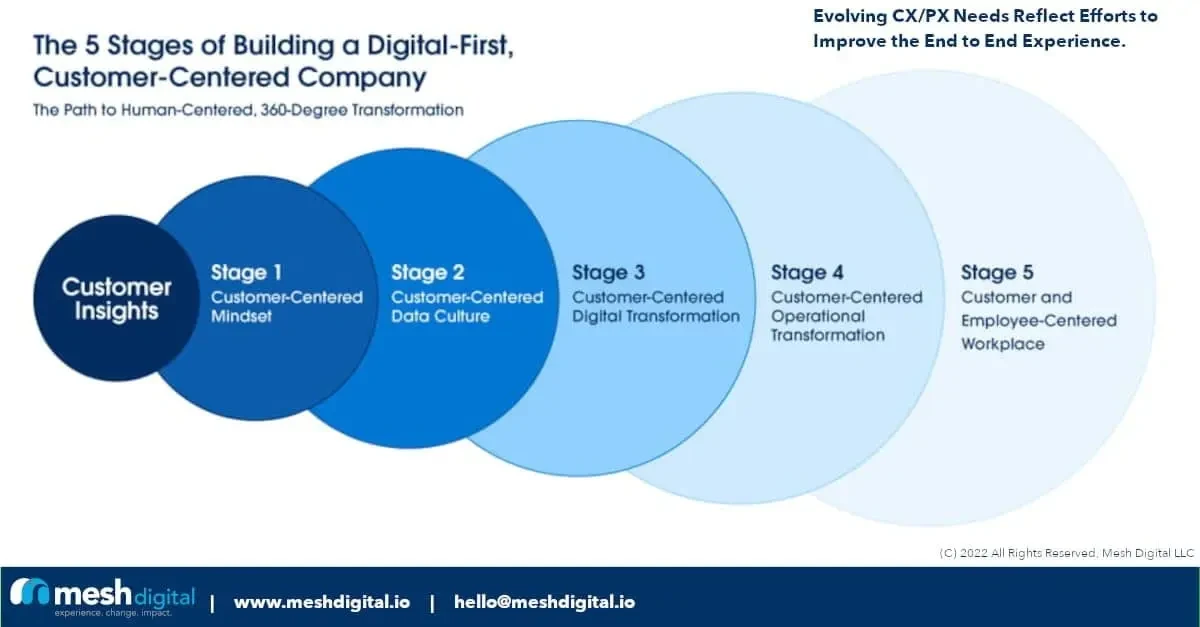
Building a Digital-First Business: What You Need
- 0
In today’s fast-paced world, businesses need to adapt to the digital landscape in order to stay competitive. With more and more consumers turning to online shopping and digital services, it’s essential for companies to embrace a digital-first approach. This means prioritizing digital channels and technologies to reach customers, streamline operations, and drive growth.
Key Components of a Digital-First Business
There are several key components that are essential for building a successful digital-first business:
1. Robust Online Presence
Having a strong online presence is crucial for attracting and engaging customers. This includes a well-designed website, active social media profiles, and a strong presence on relevant online platforms. A user-friendly website that is optimized for search engines is key to driving traffic and converting visitors into customers.
2. Data-Driven Decision Making
Utilizing data to make informed decisions is a cornerstone of successful digital-first businesses. By collecting and analyzing data on customer behavior, market trends, and business performance, companies can identify opportunities for growth, optimize their strategies, and drive better results.
3. Seamless Customer Experience
Providing a seamless and personalized customer experience across all digital touchpoints is essential for retaining customers and building brand loyalty. This includes offering easy online purchasing options, personalized recommendations, and responsive customer service.
Benefits of Going Digital-First
There are numerous benefits to adopting a digital-first approach for your business:
1. Expanded Reach
By leveraging digital channels, businesses can reach a wider audience beyond their local market. This opens up new opportunities for growth and expansion.
2. Improved Efficiency
Digital technologies can streamline processes, automate tasks, and improve overall efficiency. This can lead to cost savings and increased productivity.
3. Enhanced Customer Engagement
Digital tools enable businesses to engage with customers in new and innovative ways, such as through social media, email marketing, and online communities. This can foster stronger relationships and brand loyalty.
Challenges of Going Digital-First
While there are many benefits to building a digital-first business, there are also challenges that must be addressed:
1. Technology Integration
Integrating various digital tools and technologies can be complex and require significant time and resources. Companies must invest in the right systems and infrastructure to support their digital initiatives.
2. Cybersecurity Concerns
With the increase in digital transactions and data sharing, cybersecurity is a major concern for businesses. Implementing robust security measures is essential to protect customer data and maintain trust.
3. Talent Gap
Building a digital-first business requires skilled professionals who are familiar with the latest technologies and trends. Companies may need to invest in training or hiring new talent to fill this gap.
Conclusion
In conclusion, building a digital-first business is essential for staying competitive in today’s digital economy. By prioritizing digital channels, leveraging data-driven insights, and focusing on customer experience, businesses can drive growth and success in the digital age.

